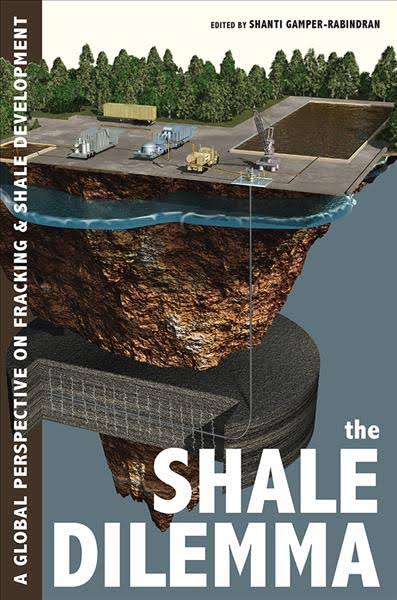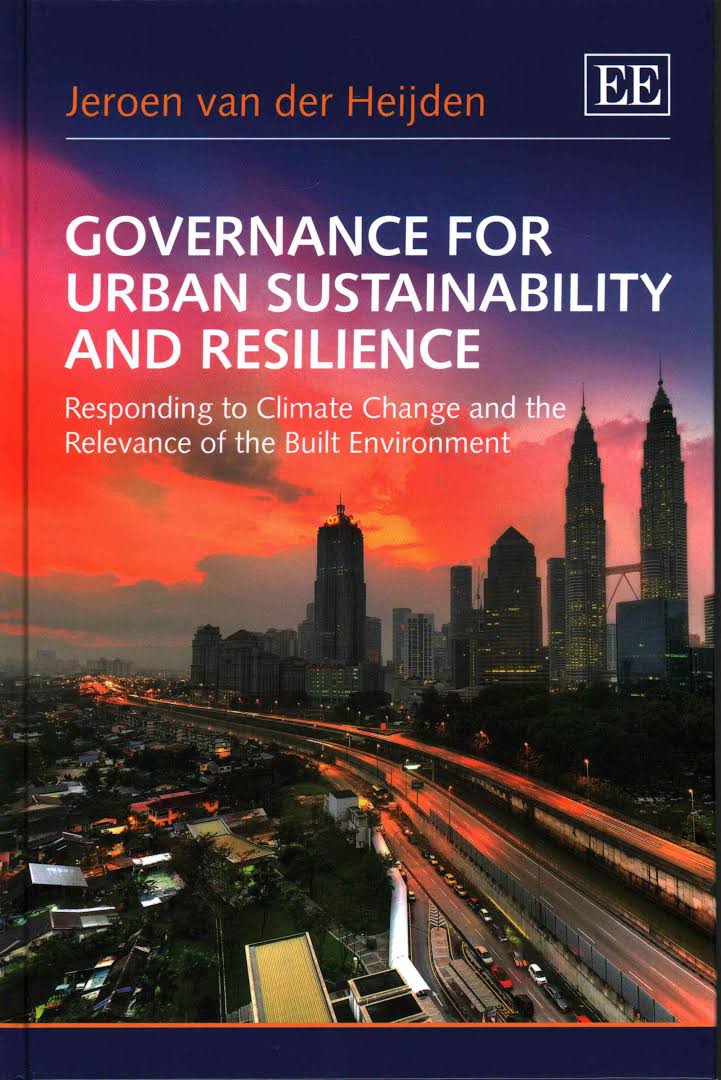The Shale Dilemma: A Global Perspective on Fracking and Shale Development
Reviewed by Priyanka de Souza, Massachusetts Institute of Technology
How and why have individual countries with shale resources chosen different paths to shale development, and what can we learn from these divergent paths?
edited by Shanti Gamper-Rabindran, The Shale Dilemma: A Global Perspective on Fracking and Shale Development, University of Pittsburgh Press, 2018, 472 pp.
The explosive rise of the shale industry in the United States since the early 2000s has sparked widespread consideration of shale as an energy source by other countries. Although much can be learned from the United States experience, the benefits and costs of shale production are still subject to large uncertainties (i.e., their likely environmental and health impacts) in every country. These uncertainties have prompted highly politicized debates about whether to proceed with shale production, and if so, how.
The Shale Dilemma, edited by Shanti Gamper-Rabindran, arrives at an opportune moment. It provides a framework that puts these debates in context and makes clear why different countries have chosen the shale development path they have. It applies this framework to the development of shale in the United States and seven other countries: the United Kingdom, Poland, France, Germany, China, Argentina and South Africa.
Decisions about shale development reflect the national characteristics in each country––China and Argentina are small producers of shale; Poland and the UK have undertaken some shale exploration; France has enacted a ban on high-volume hydraulic fracturing; Germany has imposed a moratorium on shale production; and South Africa is assessing permit applications for shale exploration. By comparing such vastly different countries, the authors are able to make a range of cross-cutting observations about the factors that influence the path of shale development. They also offer recommendations for how such pathways can be improved.
The Shale Dilemma begins with the claim that the overall framing of the “shale puzzle” in the public discourse in each country is determined by national energy priorities, including goals for energy security. The authors argue that decision-making processes in each country determine how regulatory trade-offs are made regarding the allocation of spatialized costs and benefits.
Over two chapters the book then talks about the mixed fortunes of shale development in the United States, capturing its recent experience of a downturn in shale production and laying bare important considerations that other countries just starting to think about shale development may want to consider. These chapters are followed by individual chapters on the development of shale in the other seven countries. They use a common structure to aid in their comparative analysis.
Each case study has been written by a researcher with experience in the energy industry in their country. However, by trying to apply a common comparative framework, some of the overall conclusions in the last chapter are necessarily presented in broad brush strokes. Recommendations such as the desirability of more public participation are offered without much detail regarding the best way of doing this. Nevertheless, the comparison of differing regulatory practices, as well as how enforcement is carried out in each context, is very useful in highlighting specific actions that might be taken to mitigate the costs of development.
The comparative framework is heavily centered on the experiences of the United States. The history of land use disputes in the Karoo region in South Africa as well as the historic use of land by indigenous communities in Argentina are important factors that could also feed into the development of shale in these countries. A specific comparison between these two paths of development with an in-depth piece on the modes of resistance used in these two areas would have been very illuminating.
The Shale Dilemma, in a nutshell, is a fascinating and illuminating read about the state of the global shale industry, as well as a timely reminder of the importance of continuing to focus on strengthening regulations to mitigate costs and making the process of shale development more inclusive.





